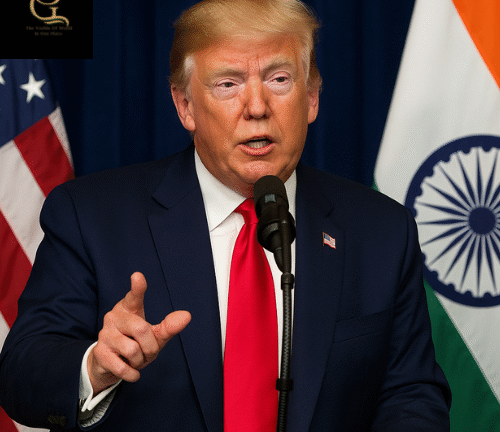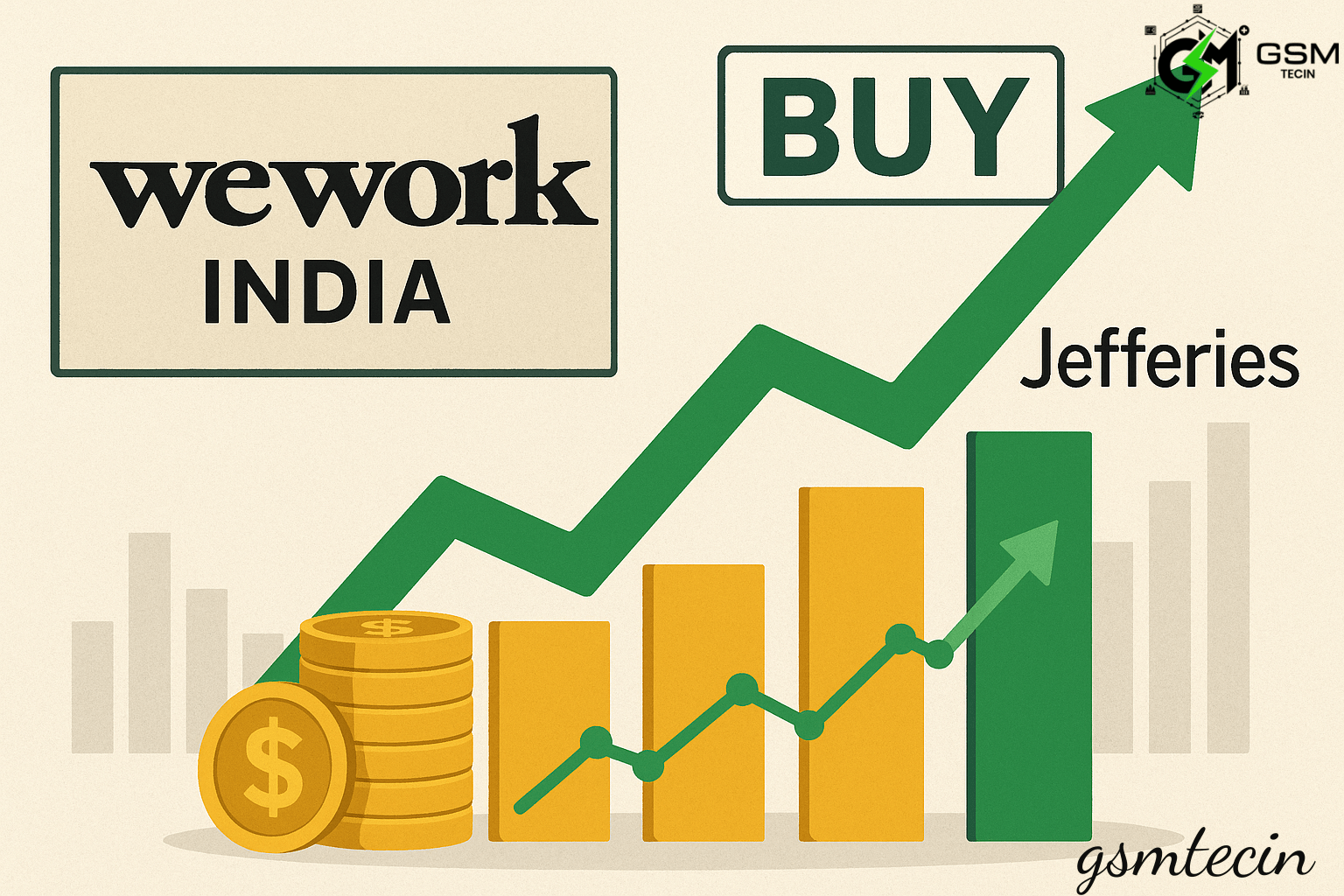Trump Teases India Trade Deal: Ex-U.S. President Indicates Tariff Removal Can Lead to Significant Deal
In a major development that may redefine economic relations between the world’s two biggest democracies, former U.S. President Donald Trump has signaled that India stands ready to dismantle American goods tariffs. This disclosure hints at a major bilateral trade agreement that can change the direction of U.S.-India commercial relations and widen market access for both nations.
Addressing a recent rally and subsequently in a media appearance, Trump said that “India is ready to make a deal” and that New Delhi officials have signaled that they are willing to lift trade barriers long-enough to have hampered U.S. exports. Though he did not detail the nature or extent of what might be negotiated, the tone of his comments implied that talks—if not already initiated—will begin in earnest if he retakes the White House.
A Longstanding Trade Friction
The U.S. and India have maintained a generally positive relationship, particularly in defense and strategic matters, but trade has long been a sticking point. American manufacturers and agricultural exporters have often complained about high Indian tariffs on goods such as motorcycles, medical devices, and farm products. Indian authorities, at the same time, have cited U.S. visa restrictions, steel and aluminum tariffs, as well as market access fears for its services sector as impediments to balanced trade.
Under Trump’s rule from 2017 to 2021, the U.S. withdrew India from the Generalized System of Preferences (GSP) scheme, under which some Indian products were eligible for duty-free entry. It was a reaction to what the U.S. Trade Representative said was India not offering “equitable and reasonable access” to its markets. India retaliated by putting tariffs on various American products, such as almonds, walnuts, and apples.
Relations thawed to some extent under the Biden administration, which has concentrated on enhancing strategic and technological cooperation with India. A complete free trade agreement, though, has eluded them.
Trump’s Trade Legacy and Current Agenda
Donald Trump has always been a firm supporter of “America First” trade policies, demanding improved terms in bilateral agreements and denouncing multilateral agreements he perceived as unbalanced. His government negotiated new trade agreements with South Korea, Canada, and Mexico, and initiated a trade war against China to fight what he characterized as unfair practices.
Trump’s renewed emphasis on India seems to be a part of a larger plan to reorient international supply chains and diversify away from China. With a huge population, burgeoning middle class, and fast-emerging manufacturing base, India is increasingly viewed by U.S. policymakers and business leaders as a key player in this endeavor.
By proposing that India is prepared to roll back tariffs on American products, Trump might be indicating not just a thaw in earlier tensions but a strategic shift that could work for American exporters in industries of central importance such as agriculture, pharmaceuticals, and technology.
Economic and Political Implications
If a trade agreement were to happen, it would have enormous political and economic repercussions. For India, greater access to American technology, capital, and consumer markets would boost growth and assist Prime Minister Narendra Modi with his “Make in India” and “Atmanirbhar Bharat” (self-reliant India) ambitions. For the United States, lower tariffs would increase exports, sustain jobs in vital swing states, and assist in balancing out China’s role in Asia.
Such a transaction also could bolster the wider U.S.-India strategic relationship, which has expanded in recent years as the two sides have shared concerns regarding security in the region, particularly China’s rising assertiveness in the Indo-Pacific.
Still, any negotiated agreement would need to navigate a politically complicated terrain. India has long been wary of signing sweeping free trade agreements in favor of gradual liberalization and sectoral arrangements. Domestic industries and farm groups tend to worry about foreign competition, particularly that from the United States, where farm subsidies and technology can overwhelm Indian producers.
In the United States, a new trade agreement would presumably need the support of Congress, and that could be complicated by wider controversies over globalization, labor practices, and the environmental consequences of increased trade.
Reaction from Analysts and Stakeholders
Economists and trade specialists welcomed Trump’s words with guarded optimism. “The removal of tariffs would be a game changer,” declared Richard Fontaine, CEO of the Center for a New American Security. “It would not only increase bilateral trade but also enhance strategic coordination in an increasingly uncertain international environment.
Business communities, such as the U.S.-India Business Council (USIBC), have seen the prospect of renewed trade negotiations as an opportunity. In a statement, the USIBC indicated that, “We are encouraged by the positive signals from both Washington and New Delhi. A trade deal that ensures mutual benefit and addresses longstanding concerns could be a cornerstone of a stronger economic partnership.
However, some experts warn that rhetoric alone is not enough. “We’ve seen these kinds of declarations before, and they don’t always result in actionable outcomes,” said Nisha Biswal, former Assistant Secretary of State for South and Central Asian Affairs. “Both sides will need to make tough choices, and that requires political will.”




